It used to be so simple. Mountain bikes had 26in wheels and that was that. It had been that way since 26in wheeled beach cruiser bikes were first raced down Californian mountains and, apart from occasional experiments, it stayed that way for years.
Then development dynamo and marketing genius Gary Fisher started pushing 29in wheels on his bikes. Fisher certainly wasn’t the first convert but he was backed by the massive manufacturing, ordering and selling power of Trek Bicycles.
As the initial handling and equipment issues were gradually sorted out 29ers gained momentum and more and more brands eventually jumped on the ‘wagon wheel’ bandwagon.
Initially, it was thought that 29in wheels weren't great for everything, and with the 26in stranglehold broken, other innovators revived the intermediate 650b (aka 27.5in) wheel size in a mountain bike format that potentially promised the best of both worlds.
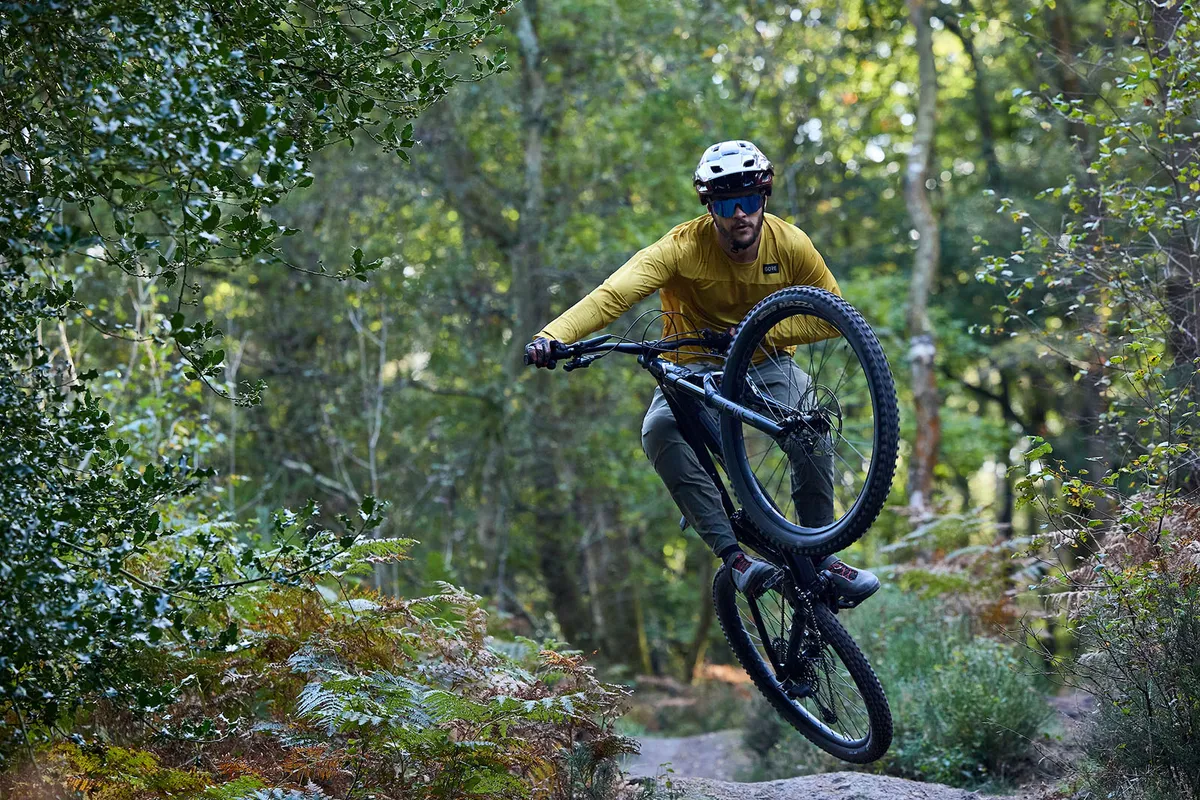
Eager to repeat the new bike sales surge created by 29er wheels, fast-reacting companies jumped on the new 650b size. The new bikes looked better, handled better, fitted more people and more riding styles and, almost overnight, 650b pushed 26in wheels to the brink of extinction.
More recently, thanks to lessons learned during development of 27.5in wheeled bikes and a wave of ultra-capable cross-country, trail, all-mountain and enduro bikes all sporting 29in wheels on the market, the bigger wheel size has become more widely accepted.
Now they're considered to be suitable for riding pretty much all types of trail and terrain from tight and twisty XC courses through to flat-out downhill rock-strewn runs.
Arguably, the only place a 29in wheel doesn't excel is on a pump track or at the local dirt jump spot.
There are still compelling reasons for seeking out 26in and 27.5in wheels, however. So what are the real differences in how wheel sizes ride and which one is the best for you?
26in mountain bike wheels
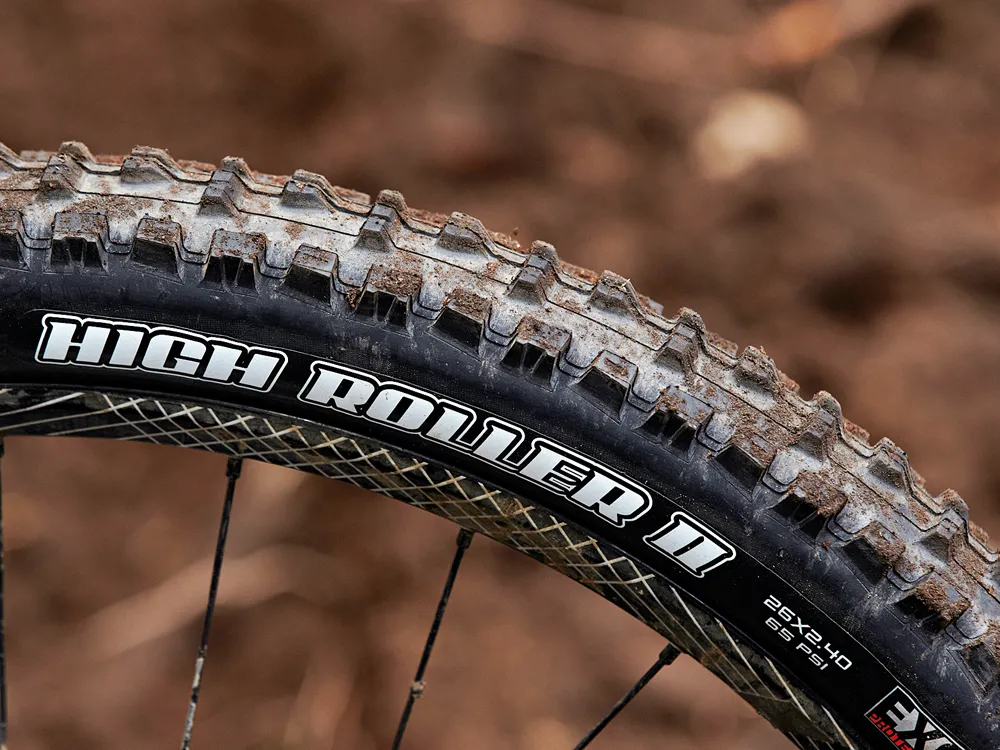
The original wheel size might have been an accidental standard based on beach cruisers, but it still has a lot going for it.
For a start, smaller diameter rims and shorter spokes mean 26in wheels can be made lighter and more responsive than other sizes. That means a more agile feeling, faster accelerating bike on smooth surfaces.
They can also be made stiffer and stronger too, which is why we see 26in wheels on slopestyle, dirt jump and freeride bikes.
However, spares are now becoming harder to find as fewer manufacturers are making brand new 26in wheel-specific products. That said, there is still a large 26in wheel user base the industry is catering for and that's without even considering the second-hand market.
Because of their smaller size, they hit stuff at a steeper angle and drop into holes easier, they clatter and lose speed more rapidly than bigger wheels in the rough, too. They’re not as stable steering or as grippy as 650b or 29er formats of the same tyres either.
- Can be made lighter, stiffer and stronger than other sizes
- Loads of existing 26in wheels, tyres, forks and bikes make spares cheap and easy to find on second-hand sites such as eBay.
- Feels lumpier and stalls easier than bigger wheels on rough terrain
650b / 27.5in mountain bike wheels
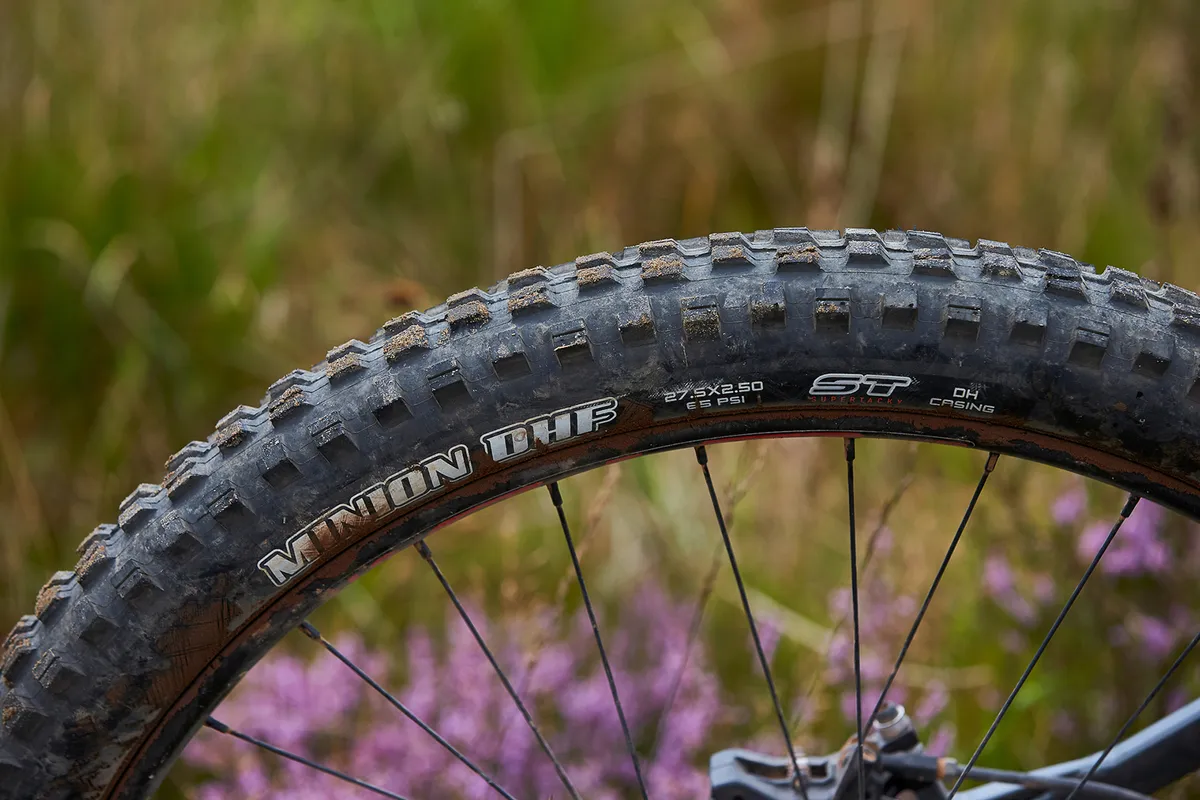
29ers certainly made it easier for the MTB industry to introduce a third wheel size, but we’re still shocked how fast 650b was accepted.
- What are 650b or 27.5in mountain bike wheels?
- How does mountain bike wheel size really affect performance?
The first thing to realise is that the wheels aren’t actually 27.5in but closer to 27in. As a result they feel faster to accelerate and easier to flick around than a bigger 29er wheel.
There’s less steering inertia and, compared to the first iterations of 29in wheels, there's less flex in the handling, which makes it feel more responsive and balanced.
27.5in wheels work well with long travel suspension frames and forks, too.
650b tyres still roll over rough ground more smoothly and grip noticeably better than 26in equivalents, although not as well as 29in wheels.
- Faster accelerating, stronger, stiffer and more agile than 29in but noticeably smoother than 26in
- Handling and wheel placement feels a lot more natural than 29er wheels
29in mountain bike wheels
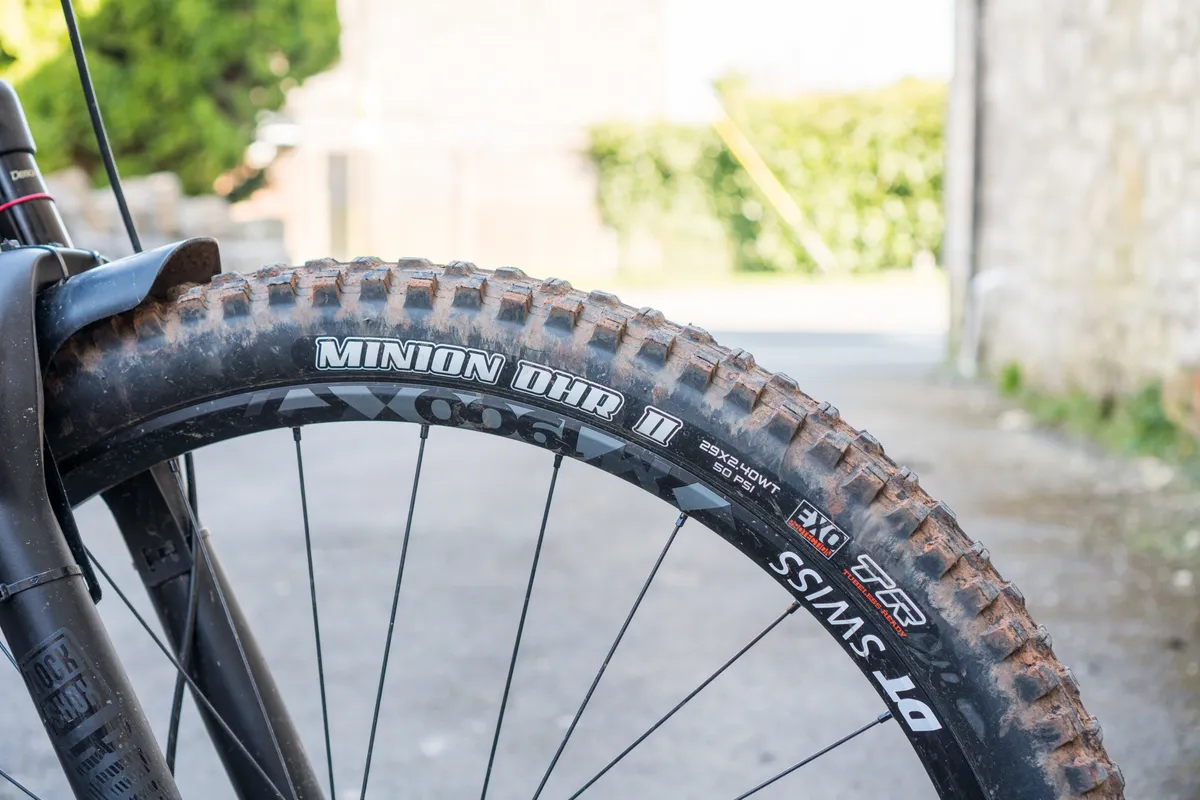
The wheel that broke the stranglehold of 26in produces a very different feel. Because 29er wheels are larger, they’re generally heavier and harder to get moving, but recent advancements in technology have helped to mitigate these problems.
Their size and stability also means it’s taken a while for bike designers to make big wheeled bikes handle in a fun way and some think they’re still harder to hustle on really tight twisty or jump and pump trails compared to smaller wheels, always opting to ride 27.5in wheels on those sorts of terrain.
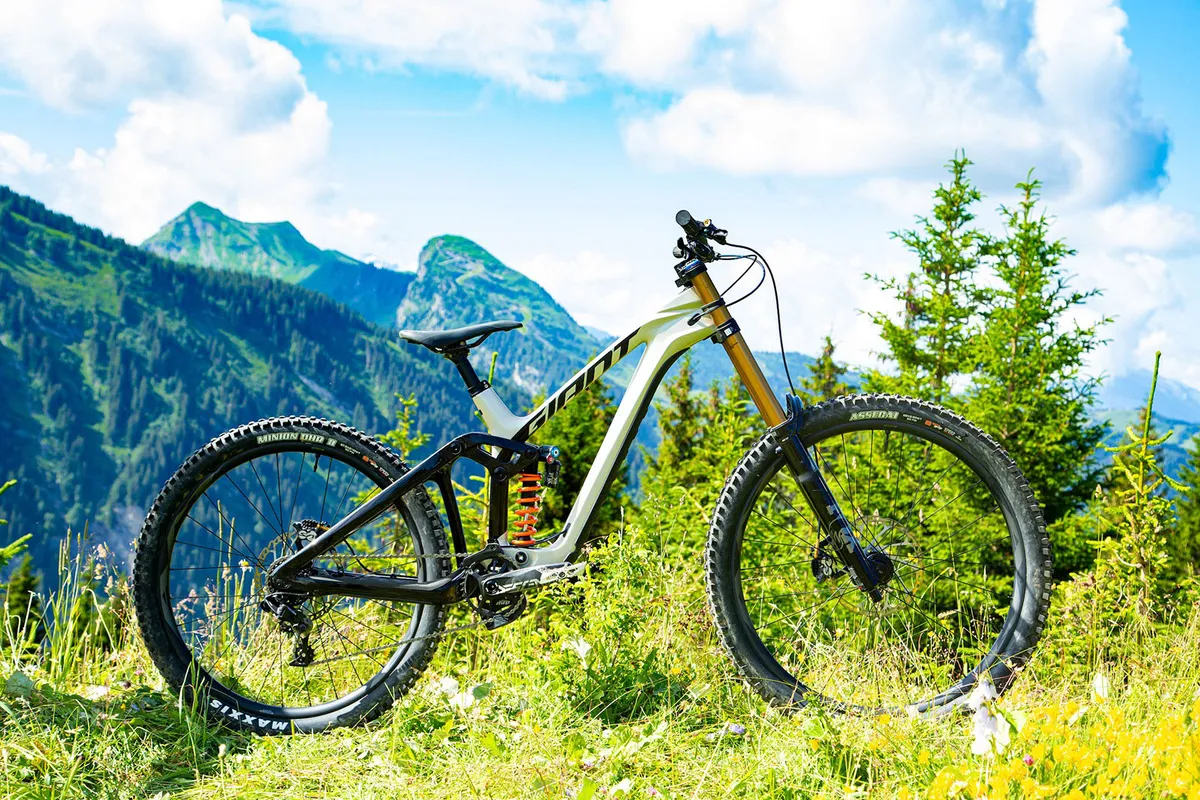
It’s also more difficult to make big wheels and small frames or long travel suspension fit together. Santa Cruz was the first big-name manufacturer to release a 29in version of its venerable DH bike, the V10, taking the 2017 UCI Downhill World Cup's competitors by surprise.
Crucially, because they’re not as quick to get going and their smoothness dulls the sensation of speed, they often feel much slower than they actually are.
Once rolling though, 29er tyres hit rocks and roots at a shallower angle and with more momentum so they roll over the top easier.
The longer contact patch means any given tyre grips better or you can run slicker, speedier rubber without slipping. Add their natural extra stability and they’re perfect for powering straight through trouble at high speed.
- Smoother, grippier and more stable for better control on rough terrain
- Slower to get moving but hold their speed better once rolling
- Some think they feel awkward on tighter, slower trails
27.5in and 29in wheel mullet mountain bikes
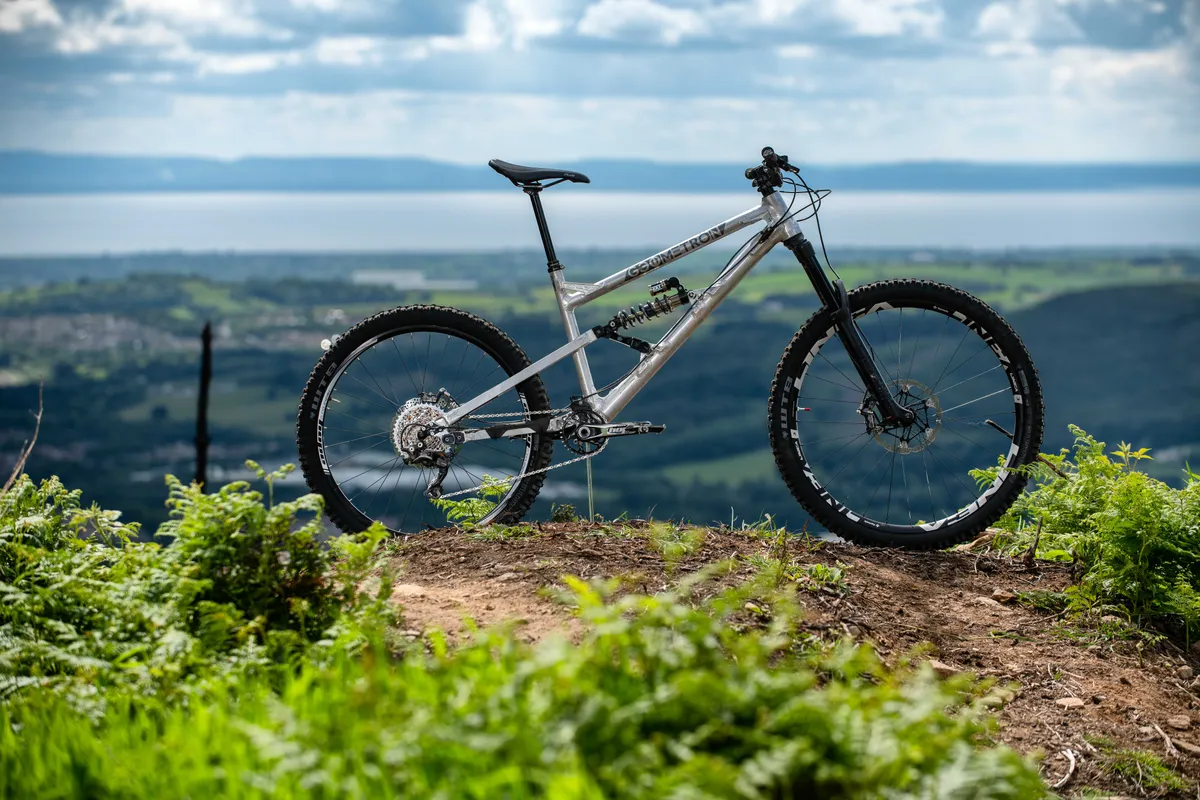
Mullet bikes are the most recent episode of the wheel-size drama. Although the mullet mountain bike isn't totally new – does anyone remember the Specialized Big Hit with a 26in wheel at the front and 24in wheel at the back? – it isn't trying to create an entirely new size; the concept combines the two most popular sizes on one bike.
Opposite to the traditional understanding of a mullet (long at the back, short at the front), mullet bikes have the larger 29in wheel bolted to the front and the smaller 27.5in wheel at the back.
This, many argue, makes the bike significantly better to ride with the benefits mostly felt for gravity-fed disciplines. The larger front wheel not only has better roll-over characteristics – how easily it gets over bumps compared to smaller wheels – and is more stable at speed thanks to gyroscopic effects of a larger circumference wheel.
The rear 27.5in wheel's increased manoeuvrability makes initiating turns easier and helps the bike feel flicky. Combine this with the stability of a larger-sized front wheel and some claim that the mullet bike is hard to beat.
- Stability of larger front wheel, cornering and agility of the smaller back wheel
- Great for gravity-fed disciplines
Kids' bike wheel sizes

Along with the traditional adult mountain bike wheel sizes, there are a host of kids' bike wheel sizes, too.
Ranging from 12in up to 27.5in, the size of the wheels are catered to the size of the bike's frame and the child riding it.
To find out more about kids' bike wheel sizes read this article.
26in vs 650b vs 29in | How to choose the right wheel size for you
So where do you fit into this three ring circus and which diameter is dialled for your riding?
If you're looking for a 26in wheeled bike, you might struggle to find a brand new model that's intended for anything more than leisure cycling or very light off road.
Although some manufacturers still offer their slopestyle, dirt jump or freeride bikes with 26in wheels — because it's the strongest option — you're unlikely to see models beyond those niche disciplines feature the smallest wheels.
There's a host of second-hand bikes with 26in wheels and the parts to maintain them on sites such as eBay, so if your heart is set on one or your budget dictates that 26in wheels are your only option, don't despair.
Just because bigger wheels are now proven to give great benefits that doesn't mean smaller-wheeled bikes are bad. In fact, you should be able to pick up a top-performing bike with loads of tech such as a dropper post, decent drivetrain, sorted suspension and good geometry for not much cash.
But 27.5in and 29in wheels do now dominate the market across disciplines and you'll find either wheel size for any budget. It's possible to pick up bargainous mid- and big-wheeled bikes brand-new from the likes of Calibre, Voodoo, Vitus and Jamis.
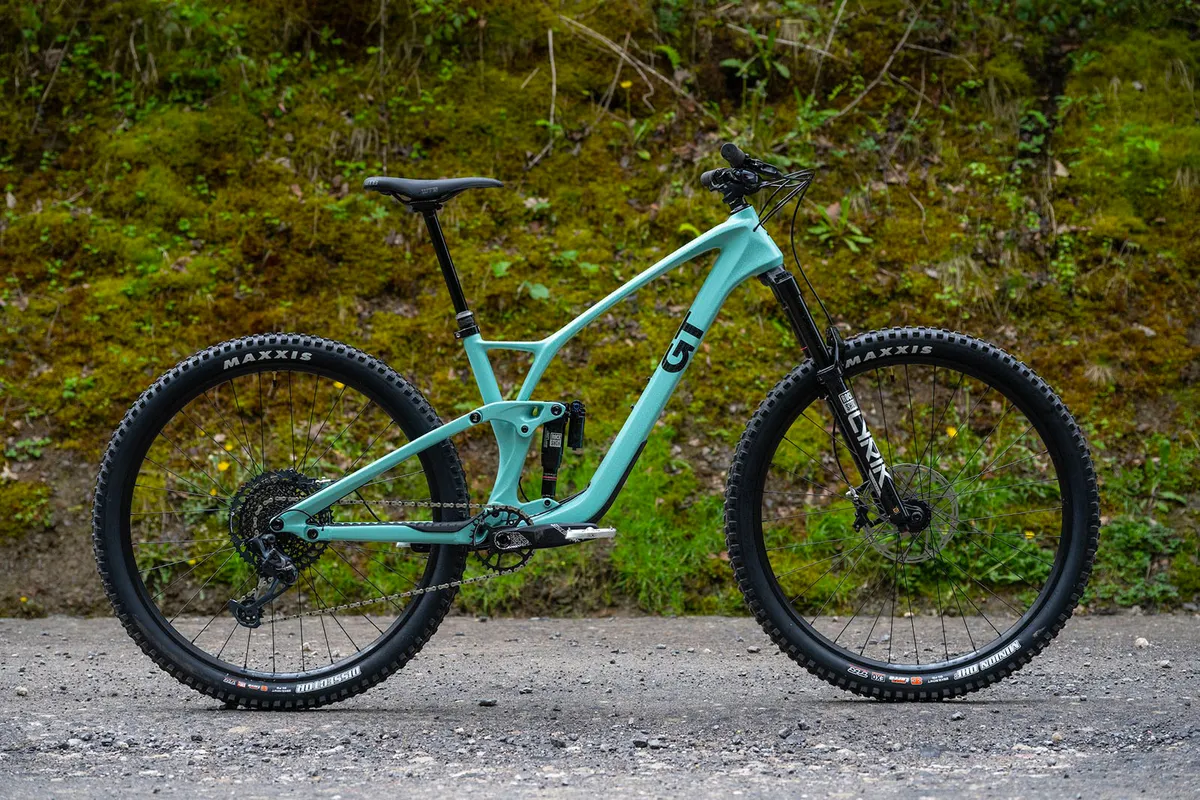
When 27.5in wheels first launched, the popularity of 29in wheels waned. The middle-sized wheels promised to provide the benefits of both 26in and 29in wheels, which proved too tantalising for the bike industry to resist.
650b wheels were stiffer, better to ride and the bikes they were fitted to had more modern geometry — simply because they were the newest, most recently developed frames on the market with the most advanced tech.
But after their initial popularity, and thanks to that surge in development and subsequent lessons learned from 27.5in-equipped bikes applied to the next round of 29ers, we've now seen a stabilisation of wheel sizes with the popularity of 29in wheeled bikes returning.
A lot brands now offer the same model of bike in either wheel size, which is great for the consumer.
Some brands, such as Canyon, even offer different wheel sizes for the same model depending on the frame's size.
The smaller, more compact frames get 27.5in wheels, while the larger bikes get 29in wheels. Brands claim this variation in wheel sizes makes the smaller bikes easier to ride for their lighter and shorter intended users.
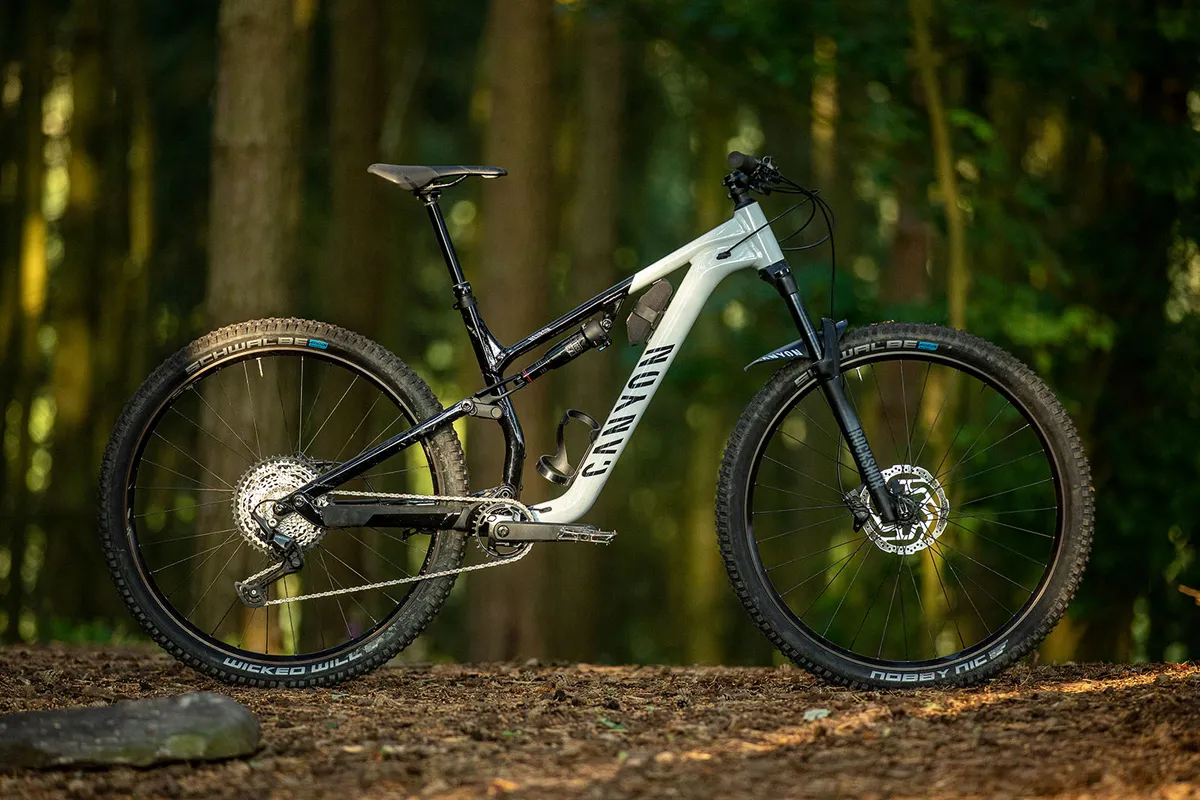
But there's no denying that 29in wheels offer benefits for a lot of people.
Not only are 29in wheels ideal for high-speed XC bikes, but thanks to advancements in wheel tech they're also suitable for downhill and every discipline in between.
The benefits of improved roll-over, better grip and stability are applicable across disciplines and abilities, so don't think you need smaller wheels if you're just starting out or only riding downhill.
So while it might cause confusion at first, by letting you ride faster, safer and further to cram more fun potential into every metre of trail, reinventing the wheel has turned out to be a really good idea.
